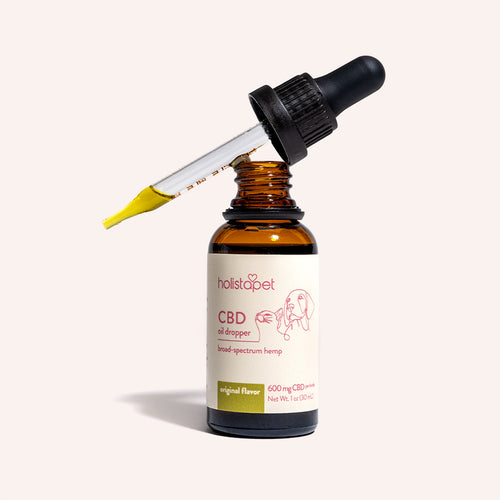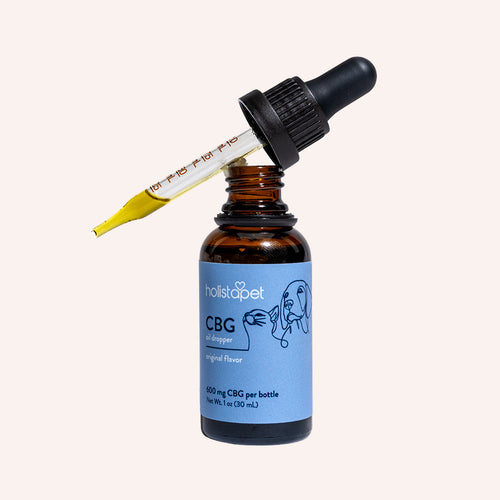Are you wondering how to take care of a cat palm and keep it lush, healthy, and vibrant? Cat palms (Chamaedorea cataractarum) are popular indoor plants known for their graceful, feathery fronds and easygoing nature. But like any plant, they do need some care to flourish. Whether you’re a beginner or just want to improve your palm parenting skills, this guide will walk you through everything you need to know!
 What Is a Cat Palm?
What Is a Cat Palm?
Before diving into care tips, it helps to know what makes the cat palm special. Native to Mexico and Central America, cat palms are compact, clumping palms that thrive indoors. They add a tropical vibe and purify the air, making them a great addition to your home or office.
How to Take Care of a Cat Palm
1. Light Requirements
Cat palms prefer bright, indirect light but can tolerate lower light conditions. Avoid direct sunlight, which can scorch their delicate fronds.
2. Watering
Keep the soil evenly moist but never soggy. Water when the top inch of soil feels dry. Overwatering can lead to root rot, so ensure your pot has drainage holes.
3. Humidity
These palms love humidity! Mist the leaves regularly or place the pot on a tray with water and pebbles to increase moisture around the plant.
4. Temperature
Cat palms thrive in temperatures between 65°F and 80°F (18°C–27°C). Avoid cold drafts or sudden temperature changes.
5. Fertilizing
Feed your cat palm with a balanced, water-soluble fertilizer every 4-6 weeks during the growing season (spring and summer). Reduce feeding in fall and winter.
6. Pruning and Maintenance
Remove any yellow or brown fronds to keep your plant looking tidy and healthy. Regular pruning also encourages new growth.
 Frequently Asked Questions
Frequently Asked Questions
Q1: How fast does a cat palm grow?
Cat palms grow moderately fast indoors, adding several inches per year under ideal conditions.
Q2: Why are my cat palm leaves turning yellow?
Yellowing leaves may indicate overwatering, poor drainage, or insufficient light. Adjust watering habits and light exposure accordingly.
Q3: Can cat palms survive in low light?
Yes, but their growth will slow, and the plant may become leggy. Brighter indirect light is best for healthy growth.
Q4: How often should I repot my cat palm?
Repot your cat palm every 2-3 years or when roots start to outgrow the pot, ideally in spring.
Q5: Is the cat palm safe for pets?
Yes, cat palms are non-toxic to cats and dogs, making them pet-friendly houseplants.
Final Thoughts
Taking care of a cat palm is easier than you might think! With the right light, watering routine, and a little humidity, your cat palm will reward you with lush, green fronds and a tropical ambiance all year round. Keep an eye on your plant’s needs, and don’t hesitate to adjust care based on your specific environment.
Helpful Notes:
-
Use a well-draining potting mix designed for palms or tropical plants.
-
Avoid sudden temperature drops or cold drafts that stress the plant.
-
Rotate the plant occasionally to encourage even growth on all sides.
-
If you notice pests like spider mites or scale, treat promptly with insecticidal soap or neem oil.
Want to see your cat palm flourish? Start with these simple steps, and watch your indoor garden thrive!


 CBD Oil for Cats - Fast Acting
CBD Oil for Cats - Fast Acting
 CBD Cat Treats - Easy Dose
CBD Cat Treats - Easy Dose
 CBD Calming Chews for Cats - Highly Rated
CBD Calming Chews for Cats - Highly Rated
 CBG Oil for Dogs and Cats - Loved by Thousands
CBG Oil for Dogs and Cats - Loved by Thousands





Leave a comment
This site is protected by hCaptcha and the hCaptcha Privacy Policy and Terms of Service apply.